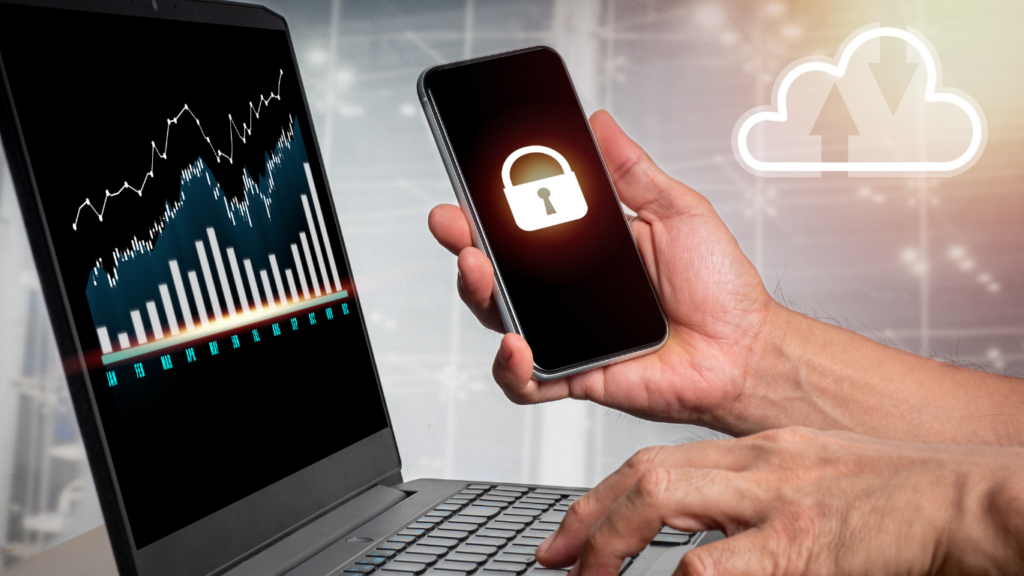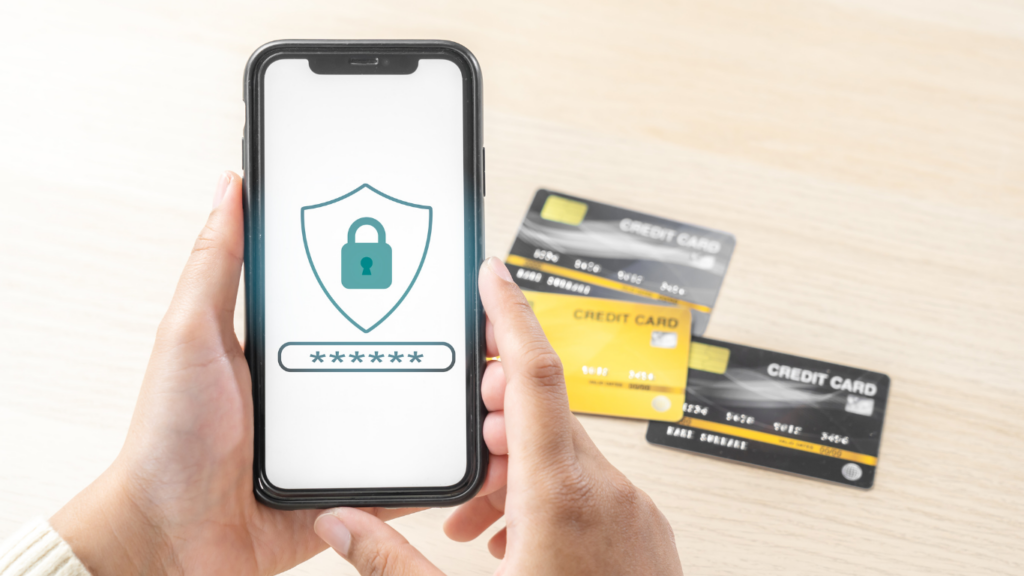Understanding The Importance Of Online Security
In today’s digital age, I face numerous cyber threats that target my personal information. These threats include identity theft, phishing scams, and malware infections. When a cybercriminal gains access to my online accounts, they can steal sensitive data, leading to financial loss and compromised privacy.
There’s a significant increase in cyber attack incidents globally. In 2022, Cybersecurity Ventures reported that cybercrime costs could reach $10.5 trillion annually by 2025. This statistic underscores the importance of strengthening my online security to mitigate such risks.
High-profile data breaches affecting companies like Yahoo and Equifax have shown that even large organizations aren’t immune to attacks. If these breaches involve my details, I’m left vulnerable to various forms of exploitation, including unauthorized transactions and fraudulent activities.
Securing my online accounts helps prevent unauthorized access to my private data. Implementing robust security measures such as creating strong passwords, enabling two-factor authentication, and staying vigilant against phishing attempts ensures my digital safety and protects my identity from malicious actors.
Common Threats To Online Accounts
Online accounts face numerous risks that threaten their security and integrity.
Phishing Attacks
Phishing attacks trick users into divulging personal information. Cybercriminals often use fraudulent emails, messages, and websites that mimic legitimate ones to steal login credentials. Clicking on these malicious links can compromise entire accounts, making vigilance essential.
Weak Passwords
Weak passwords are easily guessable, leaving accounts vulnerable. Common examples include “123456” and “password.” Using complex passwords with a mix of characters, numbers, and symbols strengthens account security. Consider unique passwords for different accounts to minimize risk.
Malware
Malware, including viruses, worms, and spyware, compromises devices without the user’s knowledge. It can log keystrokes, capture screenshots, and steal data. Regularly updating antivirus software and avoiding suspicious downloads mitigates this threat, ensuring safer online activity.
Best Practices For Password Management

Managing passwords effectively helps safeguard online accounts from unauthorized access.
Creating Strong Passwords
Strong passwords combine upper and lower-case letters, numbers, and special characters. Avoid common words or easily guessable information like birthdays. Use at least 12 characters for added security. For instance, a password like “P@ssw0rd123!” is considerably harder to crack than “password123”.
Using Password Managers
Password managers store and encrypt all passwords, allowing users to maintain complex, unique passwords for each account. A password manager can also generate random passwords that are difficult to guess. Applications like LastPass and Dashlane are examples of reliable password managers offering these features.
Regularly Updating Passwords
Regular passwords updates reduce the risk of long-term exposure if a breach occurs. Change passwords every 3 to 6 months to ensure continued security. When updating, avoid reusing old passwords and incorporate new elements to maintain strength.
Implementing Two-Factor Authentication
Two-factor authentication (2FA) significantly enhances the security of online accounts. It adds an additional layer of protection beyond just a password.
Benefits Of Two-Factor Authentication
2FA increases security by requiring two forms of verification. This makes unauthorized access harder even if passwords are compromised. Major data breaches often involve password leaks, but 2FA helps mitigate this risk. For instance, receiving a code on a mobile device ensures only the account owner gains access.
Different Methods Of Two-Factor Authentication
Various methods of 2FA provide different levels of security.
- SMS Codes: Users receive a code via text message. While convenient, SMS codes can be intercepted by SIM swapping.
- Auth Apps: Applications like Google Authenticator generate time-sensitive codes. Auth apps offer better security as they don’t rely on potentially insecure text messages.
- Hardware Tokens: Physical devices like YubiKey offer robust security. Hardware tokens require physical access and are less susceptible to remote attacks.
- Biometric Verification: Methods such as fingerprint scans or facial recognition add a strong layer of protection. Biometric verification, however, depends on device capabilities and environment.
Implementing 2FA forms a critical part of comprehensive online security. Each method offers unique benefits and should be chosen based on security needs and convenience.
Monitoring And Securing Your Devices
To protect online accounts, it’s vital to monitor and secure every device regularly. This extends to laptops, smartphones, and tablets used to access online services.
Updating Software And Applications
Ensuring all software and applications are updated is imperative. Updates often include security patches that fix vulnerabilities. Running outdated versions leaves systems exposed to exploits. Most devices allow automatic updates to simplify the process. For instance, updating your operating system, web browser, and productivity applications regularly can prevent potential breaches.
Using Antivirus Programs
Installing reputable antivirus programs provides an additional security layer. These programs detect, quarantine, and remove malware. Continuous monitoring by antivirus software helps in identifying suspicious activities. Regular scans and real-time protection are essential features of quality antivirus solutions. Products like Norton, McAfee, and Bitdefender are renowned for their efficacy in safeguarding devices.
Recognizing And Avoiding Phishing Scams
Phishing scams pose a significant threat to online security, aiming to deceive users into sharing sensitive information. Knowing how to spot these scams can protect your personal data effectively.
Identifying Suspicious Emails
Phishing emails often mimic legitimate requests for sensitive information. Common signs include:
- Generic Greetings: Phishing emails may start with “Dear Customer” instead of your name. Authentic emails from companies usually address you directly.
- Urgent Language: Threats or urgent requests, such as “Your account will be suspended”, aim to create panic and prompt immediate action.
- Unexpected Attachments: Emails with unexpected attachments should raise red flags. Opening these can install malware on your device.
- Unfamiliar Senders: Emails from unknown senders that request sensitive information are likely malicious. It’s safer to verify before proceeding.
- Link Discrepancies: Hovering over links can reveal mismatched URLs, indicating the link leads to a fraudulent site.
Best Practices For Avoiding Phishing Scams
Employing best practices can mitigate the risk of falling for phishing scams:
- Verify Sources: Always verify the source before clicking on links or downloading attachments. Contact the company directly using known contact details.
- Use Security Features: Enable email security features like spam filters to block potential phishing emails. Programs like Norton, McAfee, and Bitdefender offer robust protection against such threats.
- Educate Yourself: Stay informed about common phishing methods and regularly update your knowledge. Many companies and cybersecurity websites provide resources and training.
- Report Suspicious Emails: Forward any suspicious emails to your organization’s IT department or the entity being impersonated. This helps them take action against the threat.
- Implement 2FA: Use two-factor authentication for added security. Even if a scam successfully captures your password, 2FA can prevent unauthorized access.
- Regular Monitoring: Regularly monitor your accounts for unusual activities. Immediate action can limit potential damage if a breach occurs.
Recognizing and avoiding phishing scams is essential for maintaining online security. Using these strategies, you’ll significantly lower the risk of compromising your personal information.





